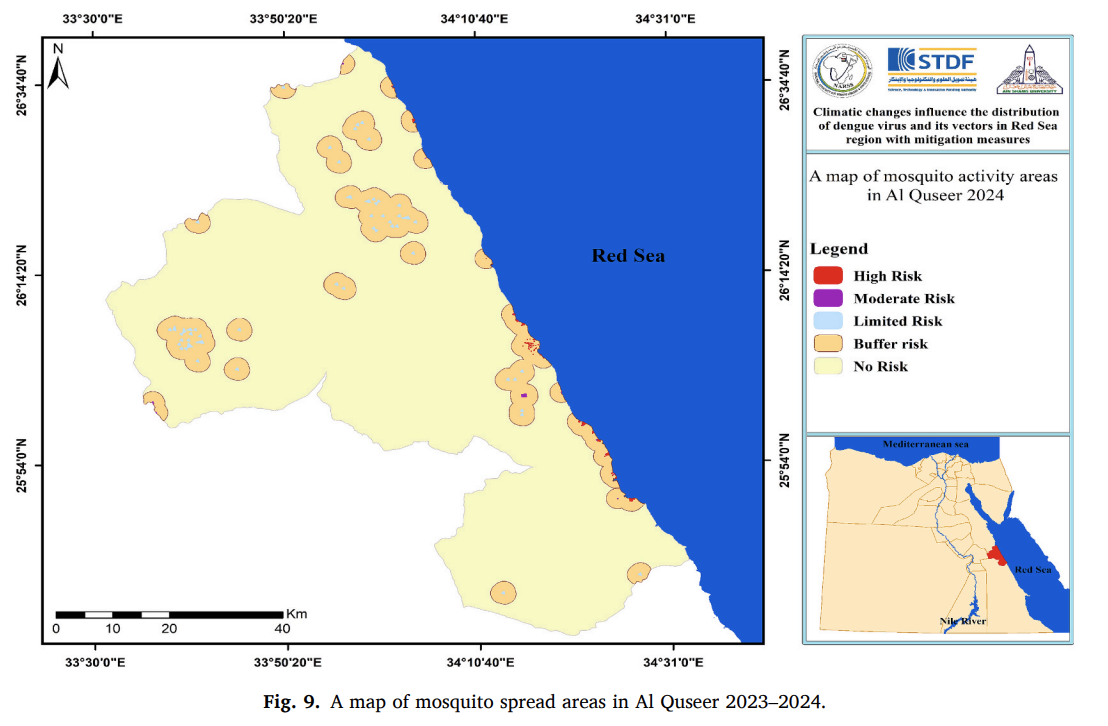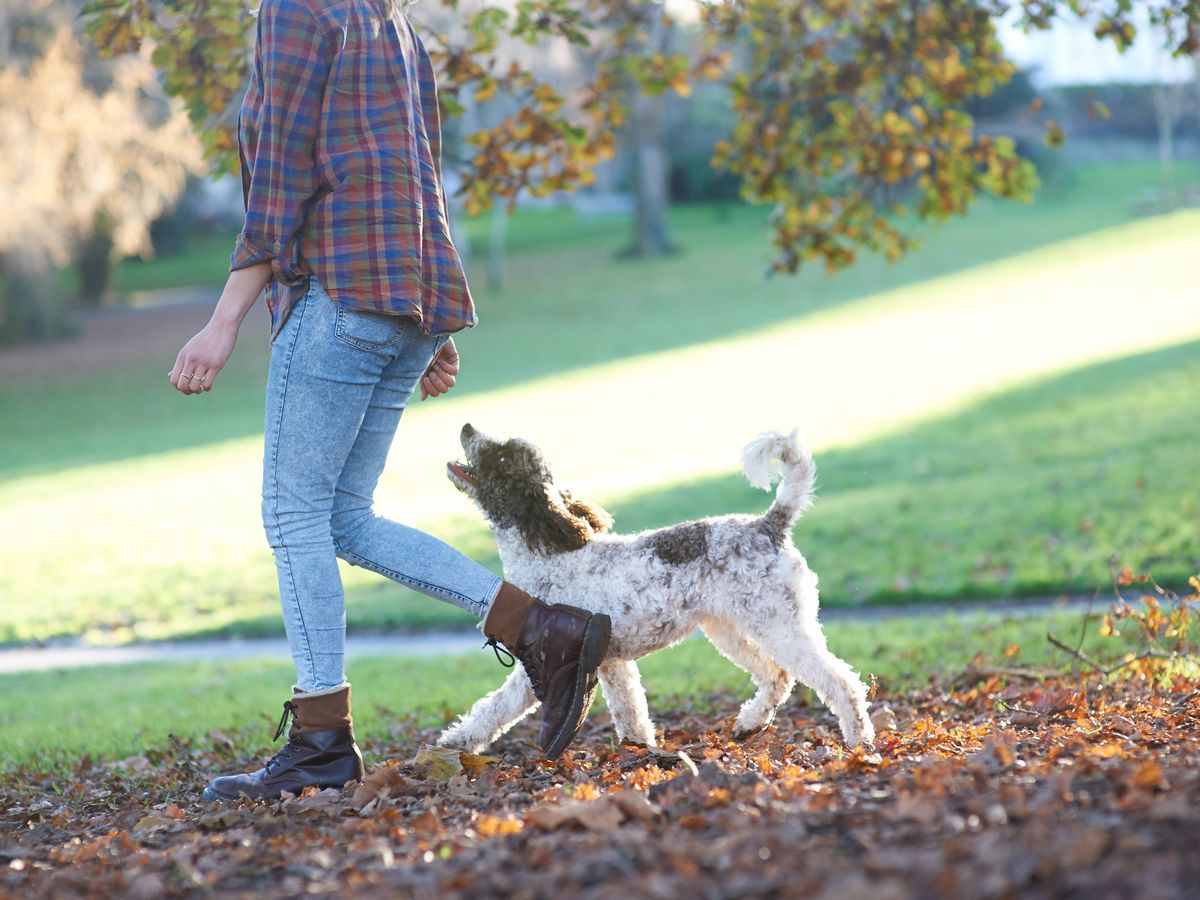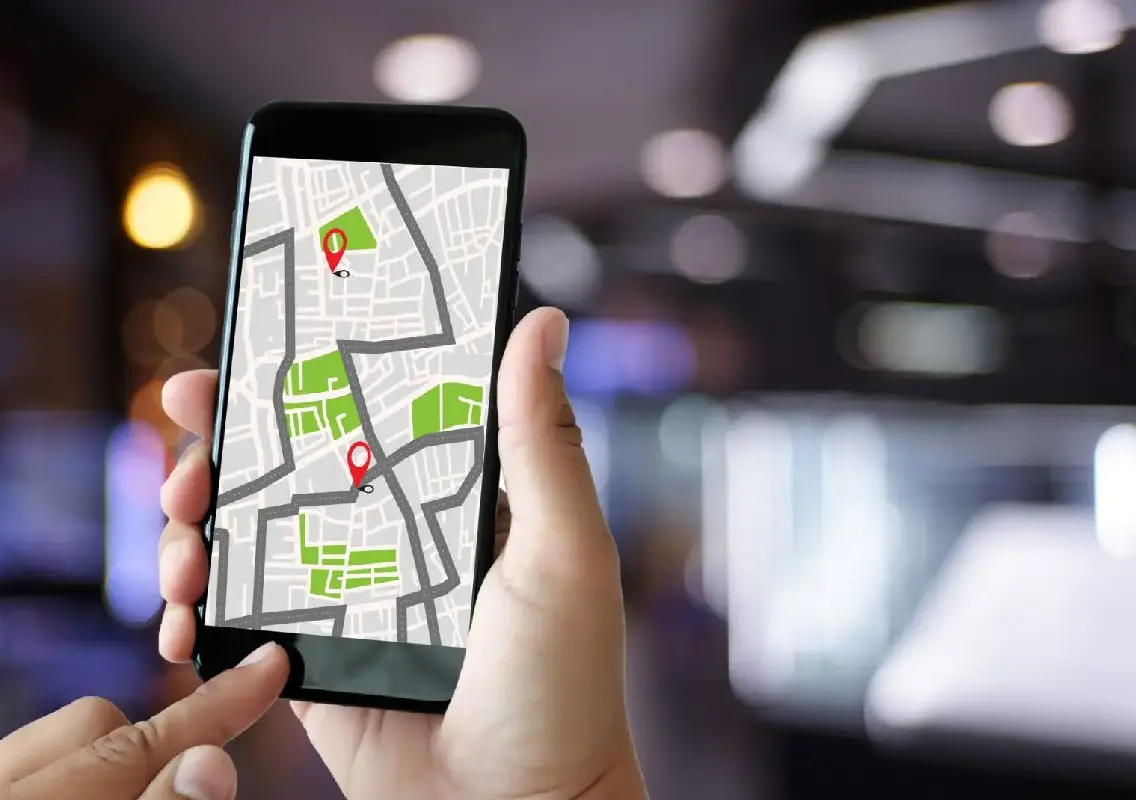Egyptian study maps dengue-carrying mosquito in El-Quseir, urges focused action in urban hotspots
By Bymohammed El,Mohammed El-Said
Copyright dailynewsegypt

A new Egyptian study has mapped the spread and breeding grounds of Aedes aegypti—the mosquito responsible for transmitting dengue fever—in the Red Sea city of El-Quseir, raising concern for urban areas most at risk. Published in The Egyptian Journal of Remote Sensing and Space Sciences, the study combines satellite data with field surveys to guide more targeted and cost-effective mosquito control efforts.
The research team used Landsat-8 satellite imagery from May to June 2023, the peak breeding season for Aedes aegypti, to analyze environmental factors that influence mosquito populations. These included land surface temperature, vegetation cover, vegetation moisture, surface water presence, drainage networks, and urban development. This data was integrated into a GIS-based model to generate detailed risk maps of the city.
To validate the remote sensing findings, field teams surveyed 912 homes across five neighborhoods in El-Quseir, collecting data on mosquito larvae and breeding sites using internationally recognized indicators such as the House Index, Container Index, and Breteau Index. The field data closely aligned with the satellite-generated risk zones, confirming the model’s accuracy.
Mona Younes, the study’s corresponding author and Head of the Agricultural Applications Department at Egypt’s National Authority for Remote Sensing and Space Sciences, explained that the optimal temperature range for Aedes aegypti to complete its life cycle is between 10°C and 40°C. Activity drops off below 10°C, while survival declines above 40°C. Although El-Quseir’s coastal humidity does not alter this temperature window, it improves egg and larval survival within it. She noted that during extreme heat or cold, eggs may enter dormancy and hatch when conditions become favorable again.
Urban areas were found to be particularly vulnerable, with 91% of El-Quseir’s built-up land—approximately 9.11 km² of 10 km²—located within high-risk zones. The most exposed neighborhoods include South El-Quseir, North Awina, and the area around Al-Hamrawi. The study also identified a seasonal pattern in mosquito activity, with a major peak in December and January and a secondary bump in spring or early summer, depending on the neighborhood. In contrast, mosquito larvae were nearly absent in August and September, when temperatures exceeded 40°C and hindered development.
Younes warned that in winter, the Breteau Index surpassed 20 in some areas, a level that signals increased risk of dengue transmission and calls for immediate intervention. She stressed that mosquito control efforts must be evidence-based and seasonally timed. Rather than city-wide campaigns, teams should be dispatched to identified hotspots. Control activities should focus on preparing before the summer heat by removing breeding sites and treating water storage areas, intensifying field efforts during the summer, and following up in winter, especially in warm and humid indoor environments where mosquito activity can persist.
While the study’s approach involves upfront costs—such as satellite imagery, GIS software, and training—Younes emphasized that the long-term savings and improved outcomes outweigh the initial investment. By directing resources precisely where they are needed, cities can avoid the inefficiency of broad, unfocused control measures. However, she acknowledged key challenges, including a lack of trained personnel, limited digital infrastructure, and slow coordination between agencies. To address these, her team has simplified map outputs for local use, trained municipal staff, and built partnerships with the health and environment ministries.
The study underscores the urgent need for cities to adopt smarter, more data-driven strategies to combat dengue. As climate change and urbanization continue to reshape the landscape of disease transmission, Younes and her team offer a replicable model for using technology and science to protect public health.



